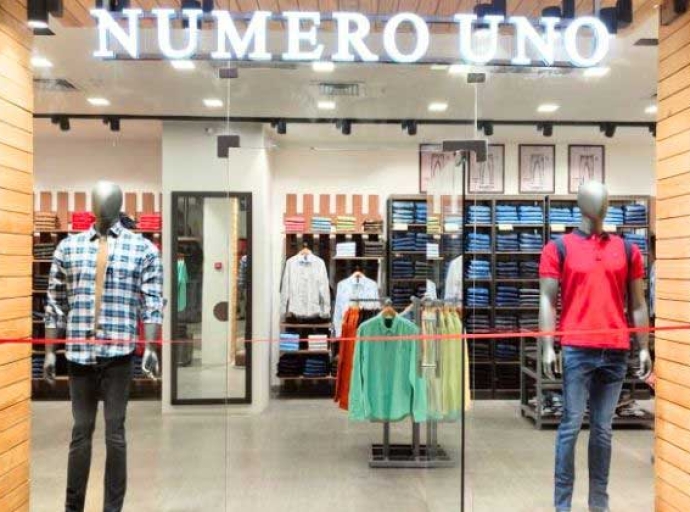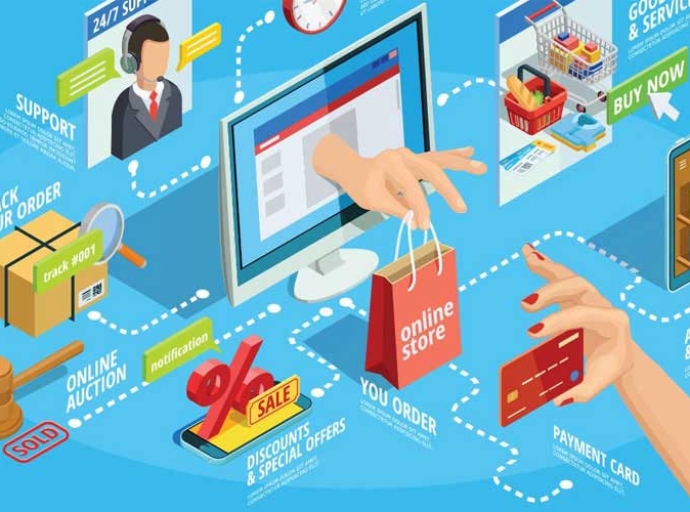Omnichannel & Physical stores debate in the apparel industry

24 December 2022, Mumbai
Companies that can't keep up with digital competitors or customers whose habits and expectations are changing more quickly than ever are being overtaken by tectonic forces are upheaving the garment industry. Six out of ten consumers now shop for clothing items through at least one digital channel, significantly affecting physical retailers.
US retailers have closed more than 6,000 stores this year and vacated a quarter of a billion square feet in 2017 and 2018. Brick-and-mortar stores, however, are still crucial for the majority of clothes companies. This is because more of your most significant clients combine online and offline shopping.
The average omnichannel client reported spending more than $2,000 on apparel annually and makes purchases 70% more frequently than an offline-only shopper, according to our recent Apparel Omnichannel Survey of more than 3,000 US consumers.
This is a reasonable estimate given that transaction data often show that multichannel shoppers spend several times as much as their peers do—34% more than an offline-only shopper. Omnichannel customers are better for clothing manufacturers.
Omnichannel Survey
In contrast to what motivates purchases for a particular brand, the Apparel Omnichannel Survey investigated the customer experience and merchandising elements influencing customers' search, consideration, and eventual buy behavior in a given channel. This perspective's insights center on channel equity—what motivates customers to buy from, for example, a multi-brand clothes retailer as opposed to a mono-brand store or online as opposed to a brick-and-mortar retailer.
Omnichannel shopping is quickly replacing traditional retail. According to our poll, one in three shopping trips is now made by multichannel consumers. Additionally, a digital component is now present in more than 60% of shopping trips, either for research or for making a purchase.
This percentage is expected to increase three times faster than in-store sales. Nearly 40% of transactions are still made in person, not after doing any online research.
Future of retail
We are moving in new ways in the modern world. With the growth of the internet, business owners may now reach customers in different countries. The ability to accept payments from customers hundreds of miles away and provide them with an entirely different shopping experience than those who visited the physical store allowed what could have previously been a little business on the main street to grow into a global empire.
The transformation of conventional retail into modern e-commerce has been relatively slow, as with all evolution. Still, it is true that the most successful brands today, more than ever, must be able to function in both worlds. The internet has become a new global marketplace, and success depends on the need for customer experience synchrony, just as the high street arose to join the early modern market fair.
How data has helped us
Businesses must use the information they already have to merge the physical and digital retail worlds and concentrate on creating a better an omnichannel business model to support the continued evolution of retail. Monitoring online and offline buyer behavior provides businesses with priceless insights into optimizing and streamlining eCommerce and physical retail. Data becomes a key tool in improving and refining the shopping experience.
Heat maps can demonstrate how and where customers are moving across a website, including where they encounter obstacles or disappointments. Data can provide insights into mouse clicks when it comes to e-commerce. However, in-person customer feedback is still as crucial as it ever was.
Latest Publications

































